Soldering is the process in which two or more metal items are fused or joined together usually using flux & solder with heat as a catalyst. To solder silver findings to jewellery, such as a catch or pendant to a chain, certain procedures must be followed in order for the soldering to be successful.Firstly, the silver to be soldered must be annealed. This is the initial softening of the silver to be joined; only the areas to be soldered need to be annealed – it is not necessary to anneal the piece as a whole. In order to carry out a successful annealing, use a blowtorch to heat the silver findings, you will need to maintain a constant temperature of around 1200◦ F. As the silver findings heat up, they will change colour to a dull-pink – this is the temperature you want to maintain for approximately 30 seconds, and you can do this by gently moving the flame back and forth in accordance with the colour of the metal as it changes.Once you have checked the parts to be soldered for gaps, you must apply some flux. Flux is a chemical cleaning agent that prevents the silver findings and the solder metal from oxidation. At room temperature, flux is practically inert but, as the temperature rises, it becomes strongly reducing and prevents the formation of metal oxides. It also allows the solder metal to flow easily.The next stage is to cut and apply a piece of solder. For silver findings, solder metal can come in one of four grades: ex-easy, easy, medium, and hard. Each has its own melting point and different grades can be used in conjunction with one another for complex soldering. However, for silver findings, an easy grade solder is usual. The piece of soldering metal is then placed on or under the join that you wish to make.The piece now needs to be heated. It is important not to heat the solder directly but, rather, heat the piece as a whole and heat will transfer into the solder material by conductivity. Many artisans use a solder probe or titanium stick for this purpose, allowing them to manipulate the piece and ensure the even spread of heat. The solder will begin to shine and then flow along the joint. It is at this point that the piece can be allowed to cool briefly.Finally the piece needs to be quenched. This involves dunking the soldered findings into a solution of diluted sulphuric acid, to remove firestain; this solution is known as a pickle. It is best to remove the soldered piece from the pickle with a pair of brass, plastic or even copper tongs, as these are unlikely to contaminate the solution. The piece can then be washed in water. Once the piece is dry you can then begin polishing.
The technique of soldering is an essential part of jewellery making and not as intimidating or difficult as beginners often think. Silver solder is used to make findings such as jump rings more secure or to hold pieces of the jewellery in place within a design, so a little practice will ensure that your final result is as professional and as clean as possible.Silver solder comes in various different grades, each defined by their particular melting point. ‘Ex-easy’ and ‘easy’ are probably the best types to work with as they have the lowest melting temperature. But do be aware that if you are working with sterling silver findings the solder you use will have to conform to the same hallmarking standards as the findings, so you will need to use sterling silver solder.Working with butane torches can be intimidating at first, as you are working with a high temperature tool. So safety precautions must be taken before you begin work. Ensure that your work surface is heat resistant, that you wear safety goggles in case impurities in the solder or findings cause the liquid solder to ‘spit’ and that you have a small fire extinguisher to hand. It is also important to make sure that your work area is well ventilated. Small butane torches are similar to the ones used in kitchens for making brulee and are perfect for small soldering jobs such as closing jump rings, attaching charms to bracelets or adding the clasps to necklaces. Apart from your butane torch and gas supply, you will need flux, an annealing pan, a charcoal block, pickle (vinegar is ideal), a pickle pot and tongs. An optional extra, which can be extremely useful, is what is commonly known as a ‘helping’ or ‘third’ hand. This is a tabletop tool that has crocodile clamps that can be angled to hold your work in place, leaving both your hands free to work.Before you begin soldering, ensure that the piece you are working on is spotlessly clean with no grease or dust on the surface. This can be done using warm water and a mild detergent. Also ensure that the seams you are about to solder fit together tightly and if there are any gaps file or sand the piece and adjust it until the seams are tight.Place the charcoal block in the annealing pan. Charcoal reflects heat, giving you a surface for soldering on safely. Use the ‘helping’ hand to hold your piece firmly in position over the block or lay the piece directly onto the charcoal block surface. Apply flux to the area you wish to solder. Flux is a chemical cleaning agent that removes any silver oxide from the surface of the finding and also allows the silver solder to flow freely when heated.Silver solder comes in two types, but the most common type used with butane torches is a thin sheet of solder that can be cut with snips into the appropriate size for the job. Place a very small piece of solder over the seam you wish to join. The sticky flux also acts to hold the solder in place. It is now time to apply the heat from the torch so ensure that everything is in place and that you are happy with the position of the solder before you begin. Try to avoid holding the flame in one position as this can scorch the piece or even damage it, so gently move the tip of the flame over the solder until the surrounding area begins to glow. At this point the solder will liquefy and flow into the seam. Immediately remove the heat and allow the piece to cool. Once it is completely cool, place it in the pickle bath to remove any oxidation. You can then rinse the piece in a solution of water and baking soda (which neutralises the acid of the pickle bath) and polish the final piece.If you are using gemstones in your work, remember that heat and the chemicals used in this process may affect them by removing the lustre of the surface or, in the case of some more porous gemstones, damage the stone itself. So try to avoid working too close to gemstones with butane torches or immersing them in any solutions.
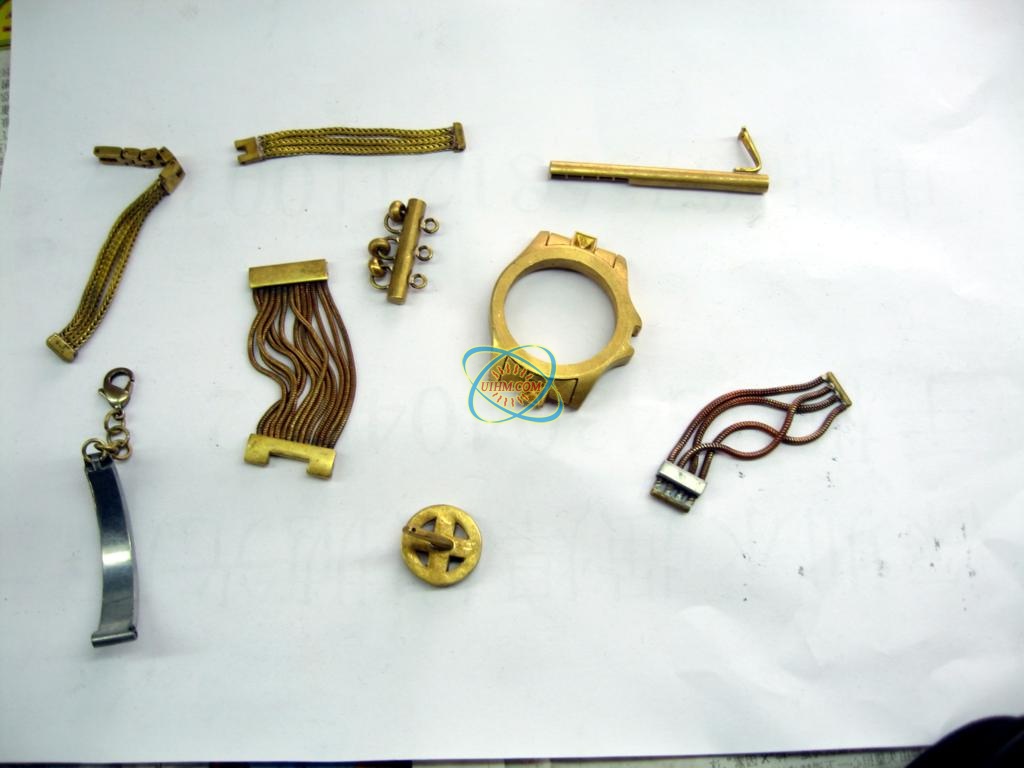
silver solder
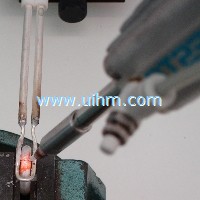
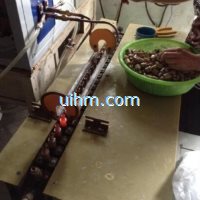
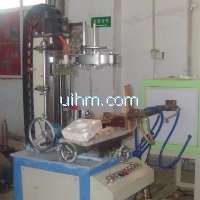
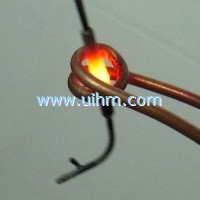

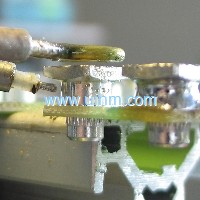

Newest Comment
No Comment
Post Comment